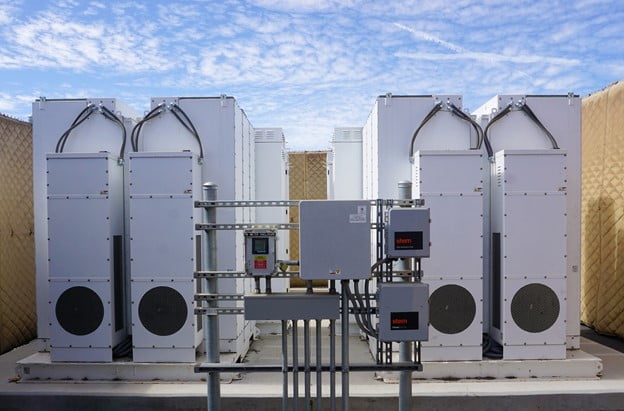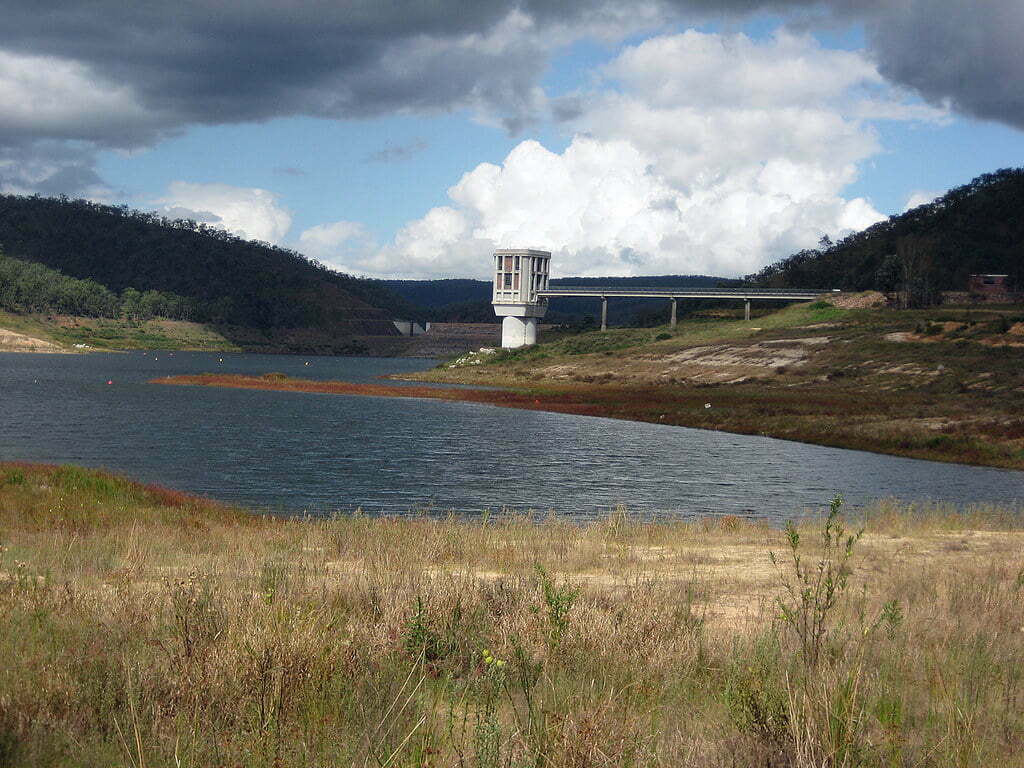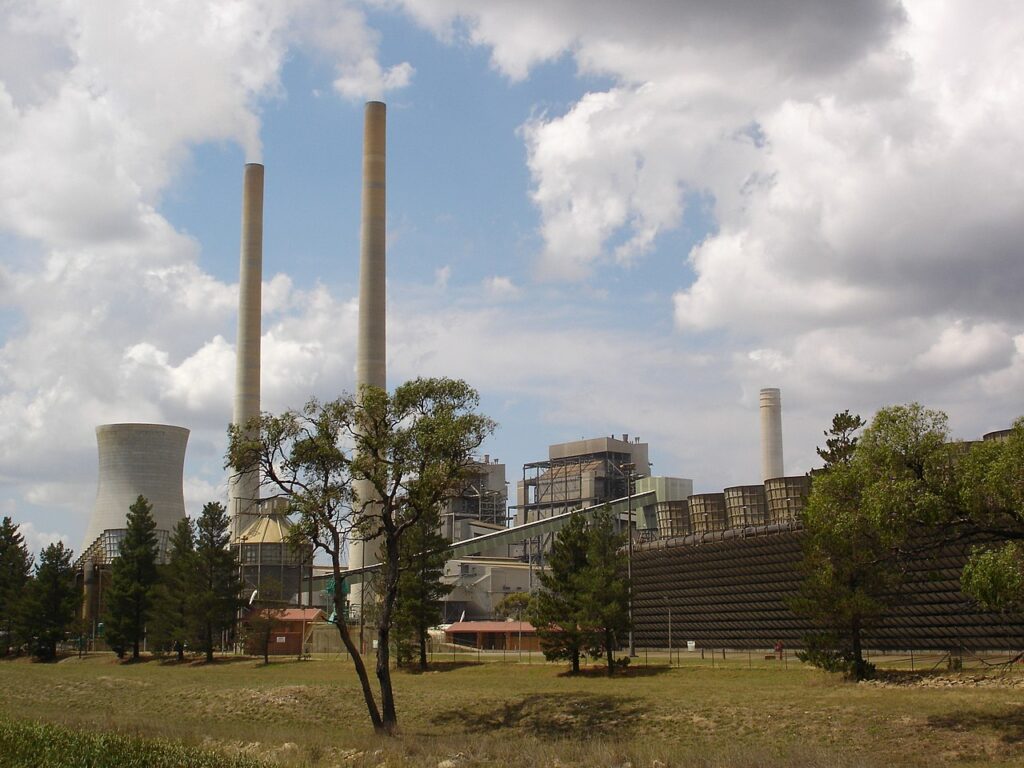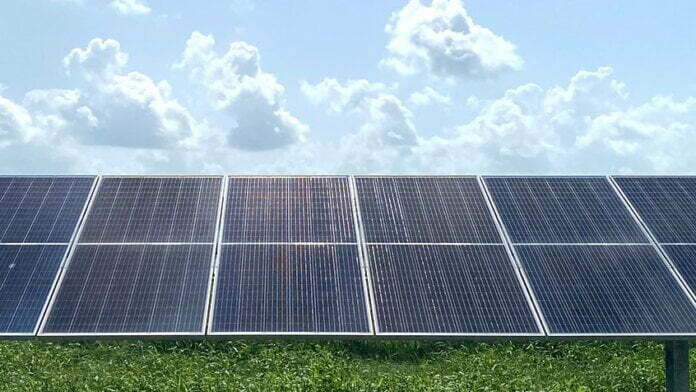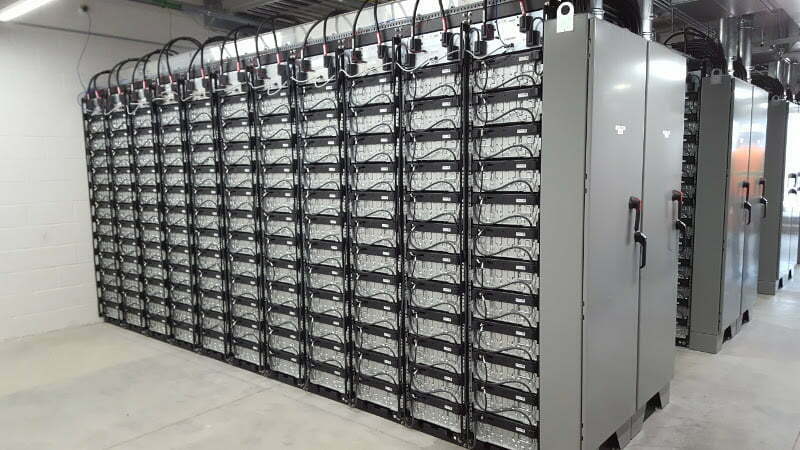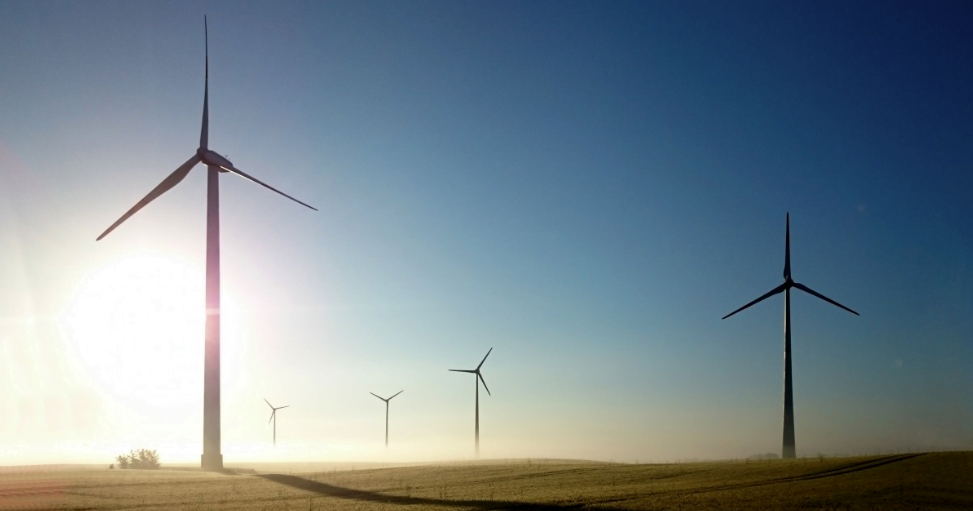A Stem Inc commercial and industrial (C&I) battery storage installation. Image: Stem Inc.
Stem Inc grew revenues 246% in quarter two 2022 and ended the period with a contracted backlog of US$727 million.
The California-based company provides lithium-ion battery storage solutions optimised and controlled by its AI-enabled software platform Athena, mostly to commercial and industrial (C&I) customers.
It booked revenues of US$67 million in Q2, up 246% from US$19 million in Q2 2021, and up 63% Q1.
The GAAP gross margin was 12%, up from (1)% a year earlier and its net loss fell two-thirds, from US$100 million to US$32 million. Adjusted EBITDA loss grew to US$11 million from US$8 million in Q2 2021.
It booked US$226 million of orders during the quarter, a four-fold increase year-on-year. That meant that Stem Inc finished the period with a contracted backlog of US$727 million, up 29% from the US$565 million it finished Q1 with, as reported by Energy-Storage.news.
“We executed at a high level in the second quarter, with revenue above the top end of our guidance range for the second straight quarter, and margins and adjusted EBITDA in-line with our expectations,” CEO John Carrington said.
The company is reiterating its full-year revenue and adjusted EBITDA guidance of US$350-425 million and US$(60)-(20) million, respectively.
Stem Inc also finished Q2 with a 12-month pipeline of US$5.6 billion, up from US$5.2 billion in the previous quarter, it claimed. The pipeline represents uncontracted, potential hardware and software revenue from opportunities that are currently being pursued by our direct salesforce and channel partners, based on project timelines, and does not guarantee meaningful revenue or profitability.
Carrington added: “Our AI-driven software delivers improved economic optimisation and asset management solutions to our renewable energy customers. We were proud that AlsoEnergy was ranked #1 by Guidehouse Insights in its Solar and Storage Monitoring and Control Vendors report, a testimony to our technology leadership.
The company acquired solar asset management software company Also Energy Holdings in December 2021, reported by Energy-Storage.news at the time.
Continue reading

